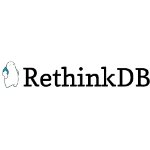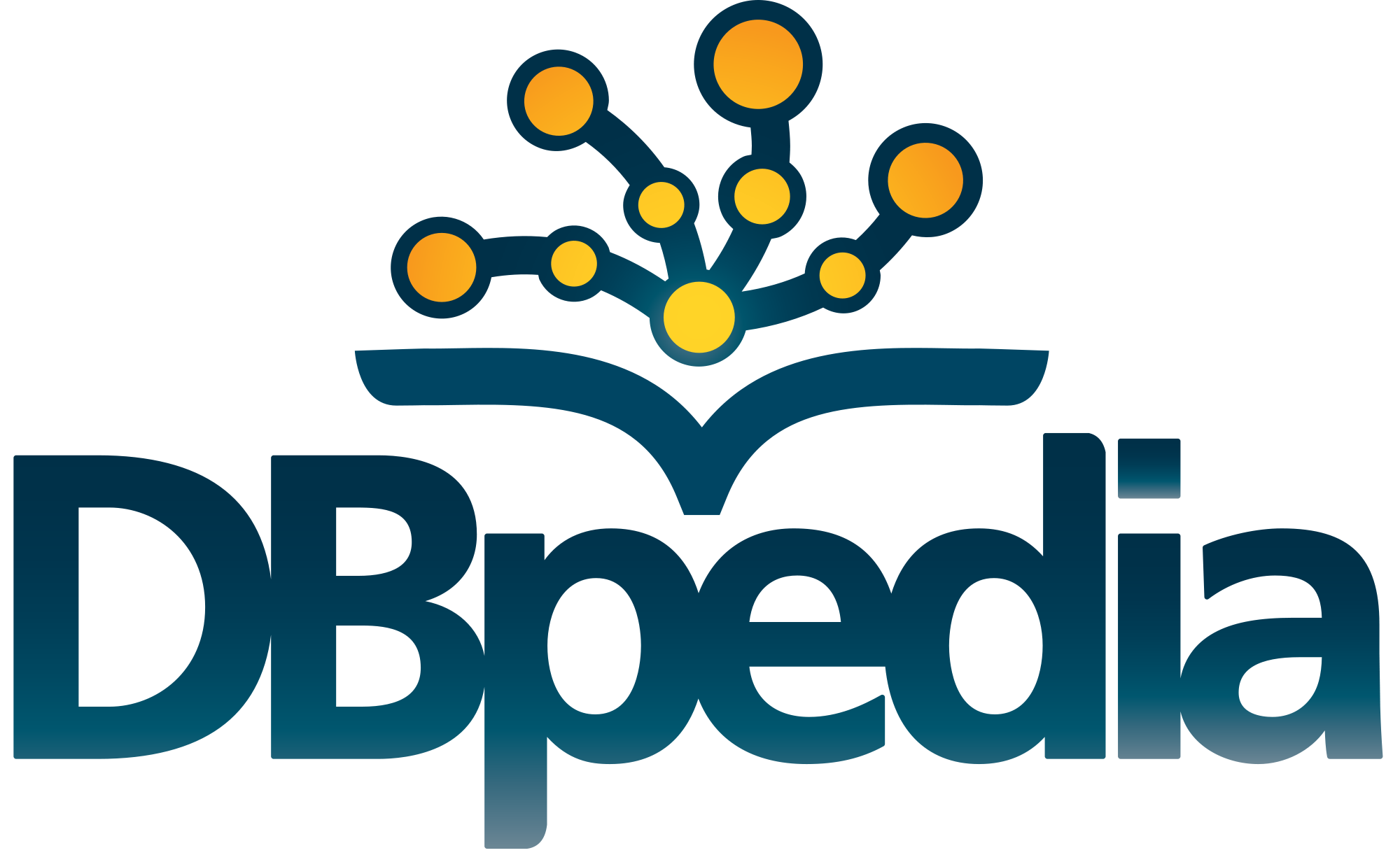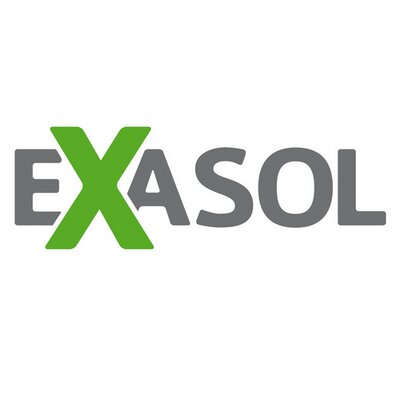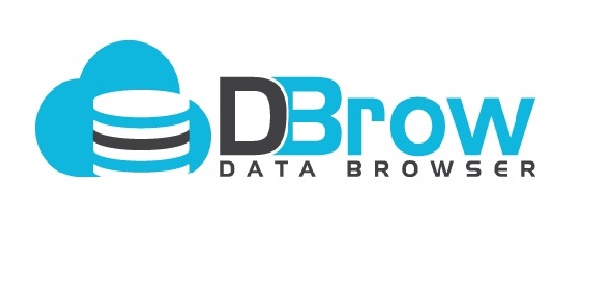
Get the data management software you want in minutes, not months… and pay only for what you consume.
Operate your own database in the cloud. AWS provides fully-managed relational and NoSQL database services, in-memory caching as a service, and a petabyte-scale data warehouse solution. Now you can quickly find third-party solutions in AWS Marketplace that let you run your own data management tool leveraging Amazon EC2, CloudFormation, and services such as Amazon S3 or Amazon EBS.
- Deploy relational or unstructured databases in minutes.
- Obtain and deploy enterprise-class storage and computing power around the world.
- Pay only for what you use.


NoSQL

Relational

Data warehouse

Middle-tier caching

DBA tools

Transform, move data
Key-value stores — Designed as a simple solution for storing, retrieving, and managing records using keys as unique identifiers, key-value stores are NoSQL databases useful for processing a consistent stream of read/write operations with low latency. Common use cases include session management, user preference and profile stores, real-time product recommendations, real time custom ad serving, log and sensor data storage, caching for heavily accessed but rarely updated data, and more.
Document and Object Stores — Designed to store, retrieve, and manage objects or semi-structured document-oriented data. Common use cases include operational intelligence and real time analytics, product data management, machine-generated data storage, inventory management, category hierarchies, metadata and asset management, aggregated report generation from raw event data, processing and storage of hierarchical reports from raw event data, user comment storage, and more.
Graph DBMS — Designed to uses graph structures for semantic queries with nodes, edges and properties to represent and store data, a Graph DBMS is a type of NoSQL database. Use cases include master data management, network and IT asset management, network cell analysis, geo routing, insurance risk analysis, real time recommendations, fraud detection, content management and asset control, gene sequencing, social network behavior and influence, graph based search, and more.
XML and RDF Stores — Designed as a purpose-built database for the storage and retrieval of XML documents or triples through semantic queries, XML, RDF and Triplestore are types of NoSQL database. Use cases include data catalogue back-end, data visualization, personalized content and recommendations, data provenance and semantic logging, data retrieval via persistent data identifiers, semantic annotation, search and discovery, and more.
Search Engines — Designed to search for information across various data sources. Use cases include logging and analysis, near real-time indexing, offline classification, geo-spatial search, text search, programmatic search for developer applications, image search, visual semantic alignment for image description generation, anomaly detection, and more.
Hadoop and Map Reduce — Allows clustering commodity hardware together to analyze massive data sets in parallel. Run multiple execution engines for the Apache Hadoop ecosystem. Use cases include security and risk management, marketing optimization, operational intelligence, enterprise data hub, internet of things analytics, and more.
Run relational and SQL-like database management software solutions on AWS and Hybrid Cloud Architectures.
A data warehouse contains a variety of types of data from a number of different sources that help guide an organzation's management decisions. On-premises data warehouses are typically appliance-based which can make them expensive and not immediately available.
Software solutions for middle-tier database caching to achieve high scalability and performance.
Find database-oriented tools for discuvery of sensitive data, performance analysis, querying and information access.
Migrate your databases to AWS with zero downtime using AWS Database Migration Service. Replicate your transactional database to the AWS Cloud in near-real time with minimal performance impact. Use third-party solutions to extract and load information into Amazon Redshift, Amazon RDS, and other data destinations.












































